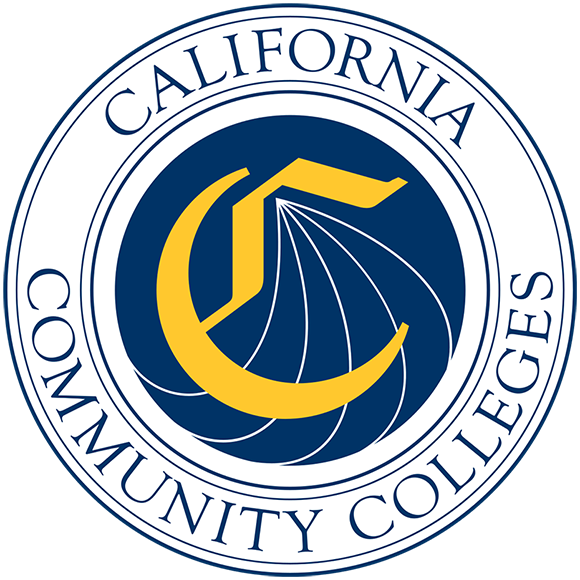Jorge Ramos
Donor/Supporter
"What moves me almost to tears is when I receive a note from a scholarship recipient that says, 'I made it. I graduated.'"
Immigrants Rising’s In-State Tuition Tool (ISTT) helps you determine whether you qualify for in-state tuition (AB 540/SB 68) in California!
| How much can I save each year by paying in-state tuition? [1] | ||

$8,138 |

$9,504 |

$32,574 |
| You may also be eligible to receive financial aid from the state and your school. | ||
|---|---|---|
You can save money by qualifying for in-state tuition (AB 540/SB 68) in California! Out-of-state fees can be up to 3 times higher than in-state rates. By qualifying, undocumented and other eligible immigrant and out-of-state students pay the same amount of tuition as California residents. Learn more about the requirements for in-state tuition here.
Those eligible for in-state tuition (AB 540/SB 68) may also receive additional financial support through the California Dream Act.
Our new and improved In-State Tuition Tool (ISTT) helps you figure out if you meet the attendance and degree requirements needed for in-state tuition (AB 540/SB 68) in California.
The ISTT will ask you questions about:
Your information is protected. Immigrants Rising uses encryption to protect the information you provide on this tool. We will make every effort to keep your information confidential to the fullest extent of the law. Your answers will only be used to help you learn about meeting eligibility for AB 540/SB 68.
Even if you don’t qualify for in-state tuition yet, the ISTT can help you figure out what you need in order to meet eligibility in the future. You can even take this more than once. Come back to it again as you build up your eligibility for in-state tuition (AB 540/SB 68) in California.
[1] The values are calculated by reviewing the 2022-2023 average, yearly, full-time (24 semester units/year or quarter equivalent) cost of attendance at each California public college and university.
This Tool is a collaboration between Immigrants Rising staff, Marithza Quiroz (Lead Design), and the undocumented students and educators who provided feedback that helped develop this new iteration.